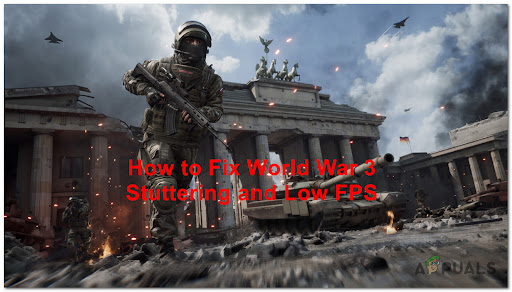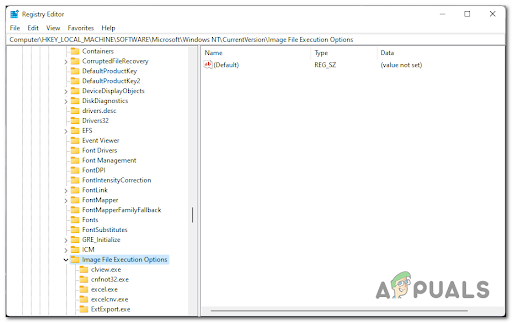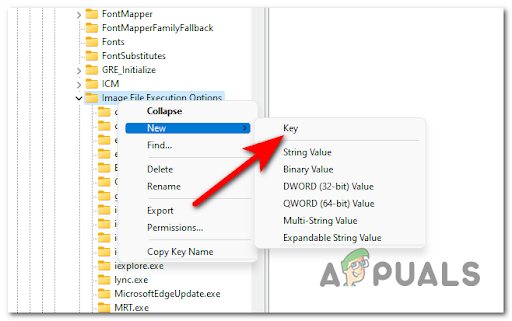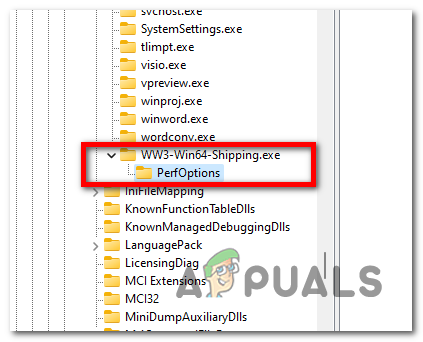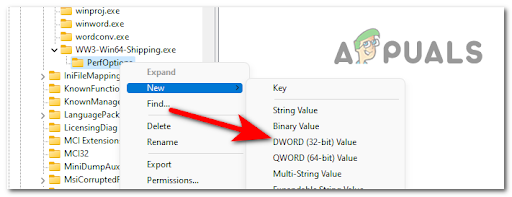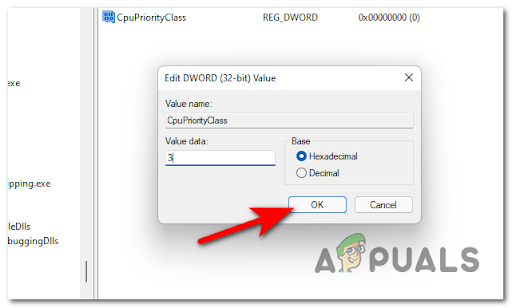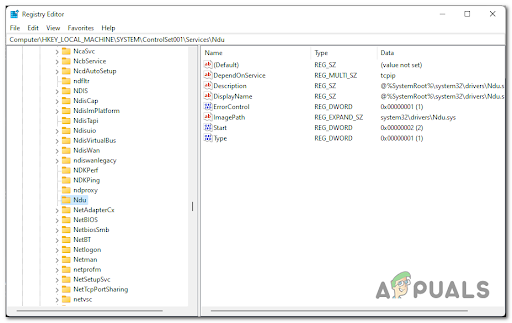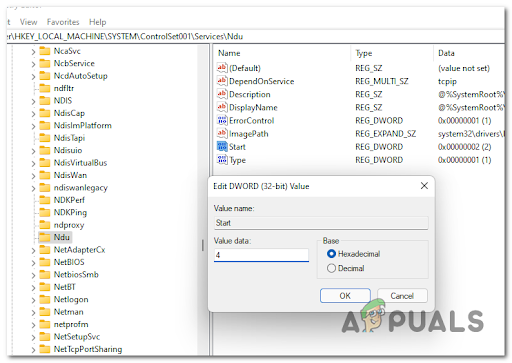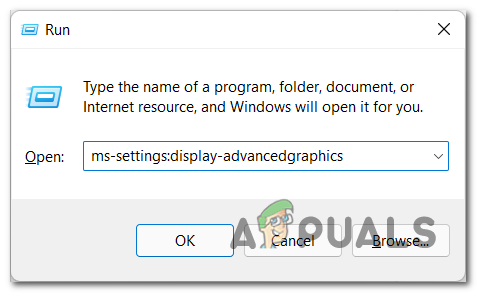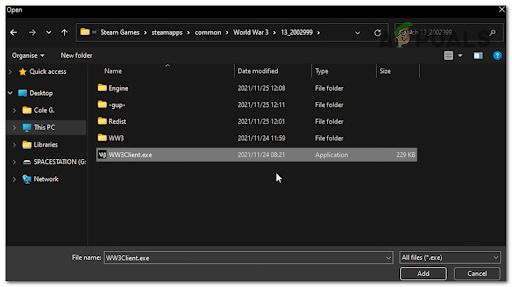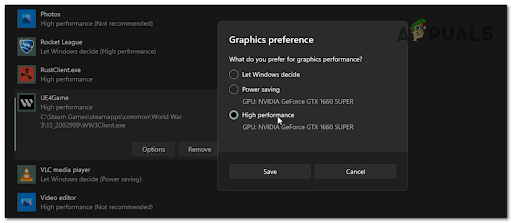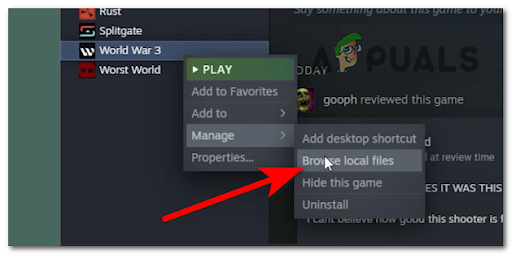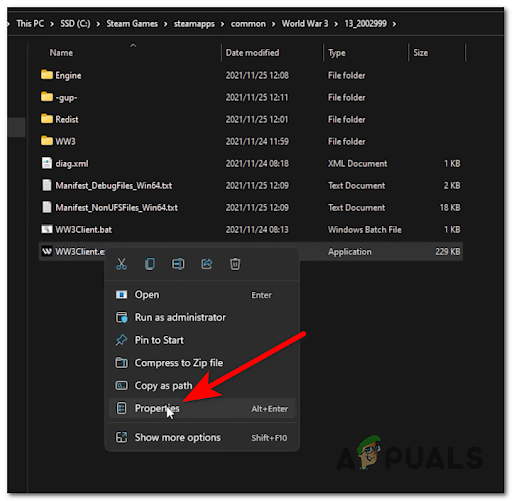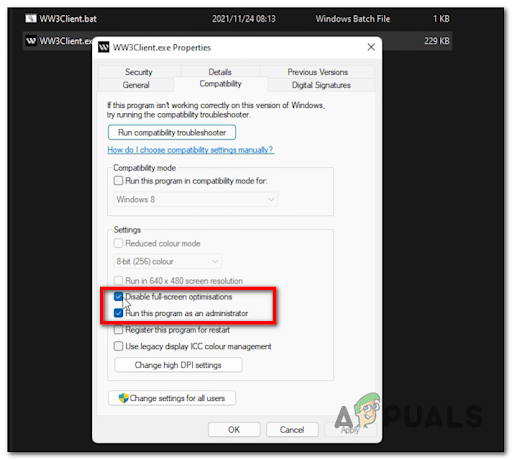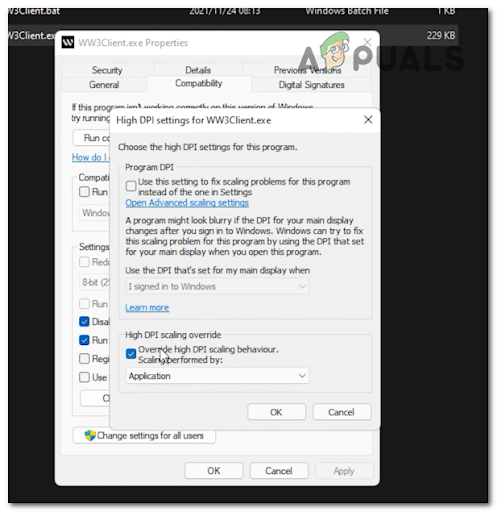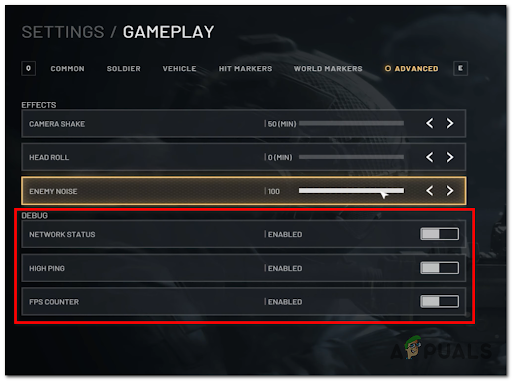After a lot of complaints were made by the users, we’ve done an in-depth investigation of these problems and come up with a shortlist of all the possible causes that might trigger these issues: Now that you know all the potential causes, here’s a list of all the methods that will help you make your World War 3 game work properly (or at least improve you’re experience), without the stuttering and low FPS:
Redirect more resources to your CPU
The first thing you can try is to give more power to your CPU. If you’re dealing with stuttering issues and inconsistent FPS when playing World War 3, the first thing you should investigate is a potential CPU-related bottleneck. So far, the game still has issues redirecting the available CPU resources. Fortunately, you can fix this issue by leveraging a quick regedit fix that is quite popular among World War 3 community members. By deploying this fix, you will devote more CPU to the game, improving the performance and reducing the stutter and low FPS problems. This is how some players have managed to make their World War 3 playable. Note: Look into this fix if you’re using an older CPU model from AMD or Intel. Here are the steps you need to follow in order to optimize the CPU resource allocation when World War 3 is rendered on your PC: In case World War 3 wasn’t fixed, check below the next method.
2. Fix Windows Memory Leak
If the first fix above didn’t do anything for you, you’ve just confirmed that the problem was not occurring due to a PC-related bottleneck, the next thing you should investigate is a potential memory leak rooted in your RAM. If this scenario is applicable, next thing you should allocate more RAM consumption to the game in order to improve the performance. Note: This method will dedicate the maximum available RAM consumption to World War 3 and possibly stop the stuttering from appearing. World War 3 community members recommend using this fix in scenarios where you have 8 GB or less available RAM. Here are the steps that you need to follow in order to ensure that you’re not experiencing framerate and stuttering issues with World War 3 due to a memory leak: If this method didn’t fix your game as well, check the next possible fix below.
3. Tweak the graphic settings
If the first two methods were not effective in your case, you successfully ruled out a potential RAM leak and a CPU bottleneck from your potential culprit’s list. The next thing you should do at this point is to start tweaking your in-game graphics settings. Some affected players have managed to improve the performance on a medium to high-end PC by forcing the World War 3 game to launch in High-Performance mode from the Windows menu. Note: This might seem like dumb advice, but attempting to play the game on Ultra (via the in-game settings) is still very unoptimized and you’ll most likely run into stuttering issues unless you’re using the very latest GPU models. If you’re contained to using a medium-tier GPU like the GeForce RTX™ 3050 or the Radeon RX 6500XT, don’t force the Ultra settings because you’ll have a bad time. Instead, enforce the High-Performance graphics settings via the Windows Custom Graphics menu to play in a stable manner. To do this, you need to go to the Graphics Settings and add the World War 3 client, then change the performance to High Performance. In case you don’t know how to set the graphical settings to High Performance, here’s how you can do it: If World War 3 is still unplayable due to the performance, check the next method below.
4. Override high DPI scaling behavior
If you’ve burned through all the potential fixes above and you’re still encountering framerate and stuttering issues with World War 3 that you shouldn’t (given your rig), chances are you’re dealing with these problems due to a DPI scaling bottleneck. This stuff is mostly reported to occur with Windows 11 in situations where gamers have migrated to Windows 11 from Windows 10 or older. If this scenario is applicable, affected players recommend you also change the high DPI settings from the World War 3 Client Properties menu. This is how they have managed to fix the stuttering and low FPS errors. In case you don’t know how to override the high DPI scaling behavior, here is a guide that will help you do it: If none of the methods before have helped you fix the stuttering and low FPS issues for World War 3, check below the last method.
5. Lower the in-game settings
If you’re still overly annoyed by the stuttering and framerate issues with World War 3 despite the fact that you tried every fix above, the last thing you can try is to lower the in-game settings. This can be very helpful with the FPS because the high settings could be the principal cause of these problems, so by lowering it you could make the game playable. To enforce this, you need to go to the settings of the game, and before going to the Video settings, go to the Gameplay settings first and enable all the settings available under Debug. Once you are done with that, go back to the general settings menu and access the Video section. Here is where you can lower the graphics settings. Note: Disable as many settings as you think are necessary, lower the settings to Medium or even Low if you need a bigger number of FPS. You can also downscale the resolution because it will make a big difference when it comes to the FPS and stutter problems. After you are done with that, save the changes and test the World War 3 game to see if the stutter and low FPS are still present.
How to Fix Ground Branch Low FPS and Stuttering Issue?Rogue Company Low FPS and Stuttering? Try these fixesHow to Fix Low FPS issues after Creators UpdateFix FIFA 23 Low FPS & Stuttering Issue On PC
